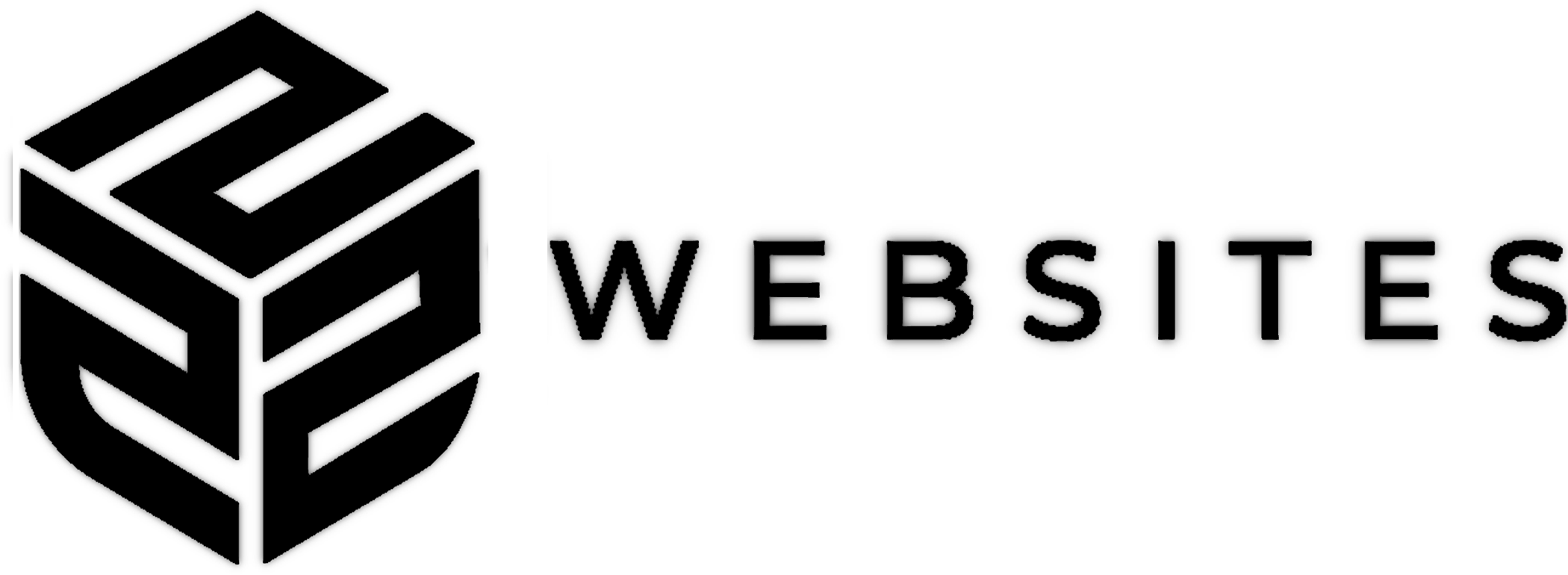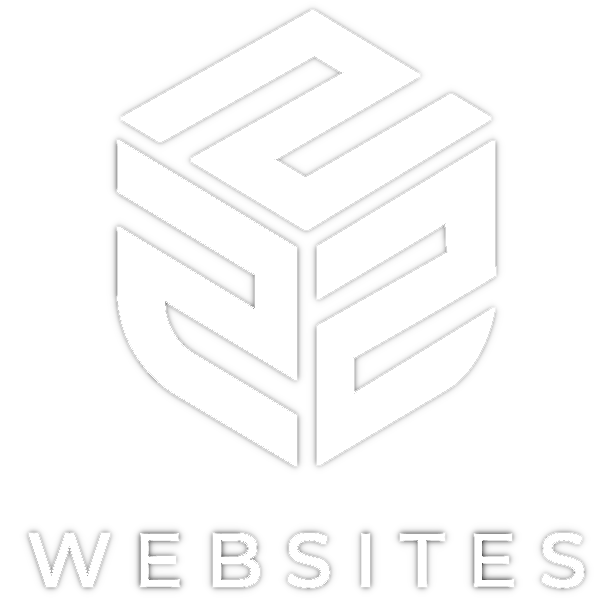Stay Updated with the Latest Insights and Tips
Welcome to our blog page! At 222 Websites, we share valuable content designed to help your business thrive in the digital world. From web design trends to SEO strategies and digital marketing tips, our blog is your go-to resource for staying informed and ahead of the competition.

Websites for Small Business That Attract More Customers
A great website is more than just an online presence—it’s a powerful tool to bring in new customers and grow your business. A well-designed site should be fast, easy to navigate, and optimized for search engines. It should clearly communicate what you offer, showcase customer testimonials, and make it simple for visitors to contact you. Mobile-friendly design is crucial, as most users browse on their phones. Adding engaging content, like blogs or videos, builds trust and boosts visibility. With the right approach, your website becomes a customer magnet that drives real results.
Create a Stunning Homepage
Your homepage is the digital front door to your business, and it only takes a few seconds for visitors to decide whether to stay or leave. A clean, visually appealing design with clear navigation helps users feel confident about your brand. Use high-quality images, professional branding, and a compelling call to action to guide them toward their next step, whether it’s booking a service or making a purchase.
Beyond design, clarity is key. Your homepage should immediately communicate what your business does and who it serves. Use a simple yet powerful headline that resonates with your target audience. Keep text concise and easy to read, while ensuring contact details and key information are prominently displayed. A strong first impression increases the chances of turning visitors into customers.
Why Your Website Must Be Responsive
With most web traffic coming from mobile devices, a website that doesn’t adapt to different screen sizes risks losing potential customers. A responsive design ensures that your website looks great and functions well on all devices, from smartphones to desktops. Google also prioritizes mobile-friendly sites in search rankings, which means better visibility for your business.
Beyond visibility, mobile optimization enhances user experience. Nobody wants to pinch and zoom just to read text or struggle with tiny buttons. Ensure fast load times, easy-to-click elements, and streamlined navigation. A well-optimized site keeps visitors engaged, reduces bounce rates, and ultimately leads to more conversions.
Getting Found on Google
Search Engine Optimization (SEO) is how your website appears in Google search results when potential customers look for services like yours. Optimizing your website with relevant keywords, fast loading speeds, and quality content increases your chances of ranking higher. Local SEO, which includes claiming your Google Business Profile and using location-based keywords, is especially important for small businesses.
SEO isn’t just about keywords—it’s about relevance and trust. Websites with fresh content, strong backlinks, and positive user engagement perform better. Regular blog posts, customer reviews, and optimized images all contribute to better rankings. Investing in SEO helps your business attract organic traffic without relying solely on paid advertising.

The Power of Customer Testimonials and Reviews
People trust other people’s experiences more than any marketing message. Featuring genuine customer testimonials on your website builds credibility and reassures potential clients. A dedicated testimonials page or customer success stories can showcase real experiences that highlight the value of your business.
Encourage happy customers to leave reviews on Google and social media, then display them prominently on your website. Video testimonials add an extra layer of authenticity. Responding to reviews, whether positive or negative, also demonstrates customer care and builds trust. A strong reputation turns website visitors into loyal customers.
Why It Matters More Than You Think
A slow website frustrates visitors and can significantly impact engagement, conversions, and overall business success. Research shows that if a page takes longer than three seconds to load, many users will leave, often never returning. This not only results in lost potential customers but also negatively affects your website’s search engine ranking. Google considers site speed an essential ranking factor, meaning a slow website can push you lower in search results, reducing organic traffic. Optimizing your website’s speed enhances user experience, boosts search engine rankings, and helps retain visitors.
Compress Images
Large images slow down web pages significantly, making users wait longer for content to load. By compressing images using tools like TinyPNG or ImageOptim, you can reduce file sizes without compromising quality. Use next-gen formats such as WebP to ensure faster loading times compared to traditional formats like JPEG and PNG. Additionally, setting proper dimensions for images and utilizing lazy loading techniques can help improve page speed. Optimizing visuals ensures your website looks great while maintaining fast performance.
Enable Browser Caching
Every time a user visits your site, their browser has to download all elements, including images, scripts, and stylesheets. By enabling browser caching, returning visitors can load your website much faster since static resources are stored locally on their devices. This reduces the number of requests sent to the server and speeds up load times. Setting cache expiration headers appropriately ensures that browsers store files for an optimal period, balancing speed and content freshness. Browser caching is an easy yet powerful way to enhance website performance.
Use a Content Delivery Network (CDN)
A CDN consists of multiple servers distributed across different geographic locations to deliver website content faster. Instead of loading all assets from a single server, a CDN allows users to access cached content from a server nearest to them. This reduces latency, improves load times, and enhances global accessibility. Popular CDN providers like Cloudflare, Akamai, and Amazon CloudFront optimize content delivery, ensuring your website remains fast regardless of a user’s location. Implementing a CDN significantly improves performance and reliability, especially for high-traffic websites.
Minimize HTTP Requests
Every element on a webpage—images, stylesheets, scripts, and fonts—requires an HTTP request. The more requests a browser makes, the longer it takes to load the page. Minimizing HTTP requests involves combining CSS and JavaScript files, removing unnecessary plugins, and using inline styles where applicable. Reducing external scripts, such as third-party tracking codes and widgets, also helps improve page speed. By streamlining your website’s structure, you can enhance performance and provide users with a smoother browsing experience.
Choose a Reliable Hosting Provider
Your hosting provider plays a critical role in website speed and uptime. Low-quality hosting services often result in slow server response times, negatively impacting load speeds. Investing in a high-performance hosting provider ensures faster processing, better resource allocation, and enhanced security. Options like VPS (Virtual Private Server) hosting, dedicated hosting, or cloud-based solutions offer better speed and scalability. Selecting a hosting provider with SSD storage, optimized server configurations, and a strong uptime guarantee will keep your website running efficiently.
The Role of Engaging Content in Customer Attraction
Content is king when it comes to keeping visitors on your website. Blog posts, videos, and downloadable resources add value and establish your authority in your industry. When you provide useful information, potential customers are more likely to trust your expertise and return to your site.
Consistency matters. Regularly updating your website with fresh content signals to search engines that your business is active. It also keeps your audience engaged and encourages social media sharing. Content marketing isn’t just about selling—it’s about building relationships that lead to long-term customer loyalty.
Guiding Visitors to the Next Step
Every page on your website should have a clear call to action (CTA). Whether it’s “Get a Free Quote,” “Shop Now,” or “Book an Appointment,” your CTA should be easy to find and compelling enough to encourage action. The placement, color, and wording all play a role in how effective your CTA is.
Avoid vague or weak CTAs. Instead, use strong action words that create urgency. For example, “Claim Your Free Consultation Today” is more effective than “Learn More.” A well-placed CTA moves visitors through the customer journey, increasing the chances of conversion.
Protecting Your Customers’ Data
Website security isn’t just for big businesses—it’s crucial for small ones too. A secure website protects customer data and builds trust. Installing an SSL certificate ensures your site is encrypted, which is especially important if you handle payments or sensitive information.
Beyond security, trust signals like privacy policies, clear contact information, and secure payment gateways give customers confidence in your business. A trustworthy website encourages users to engage without hesitation, leading to higher conversions and stronger relationships.
Conclusion
A well-designed website isn’t just an online placeholder—it’s a crucial tool for attracting customers and growing your business. From a visually stunning homepage to fast load times, mobile optimization, and strong SEO, every detail contributes to a better user experience. By incorporating customer testimonials, engaging content, and clear calls to action, you can turn website visitors into loyal customers. Security and trust also play a major role in keeping customers confident in your brand.
If your small business needs a website that actually brings in more customers, 222 Websites is here to help! Located at 222 Capitol St Suite 522, Charleston, WV 25301, we specialize in creating high-performing, customer-focused websites tailored to your business needs. Whether you need a fresh design, SEO improvements, or a full digital strategy, we’ve got you covered. Contact us today and let’s build a website that works for you!
Unleash Your Business Brilliance.
Your Online Success Starts Here
© 2025 222 Websites - All Rights Reserved


